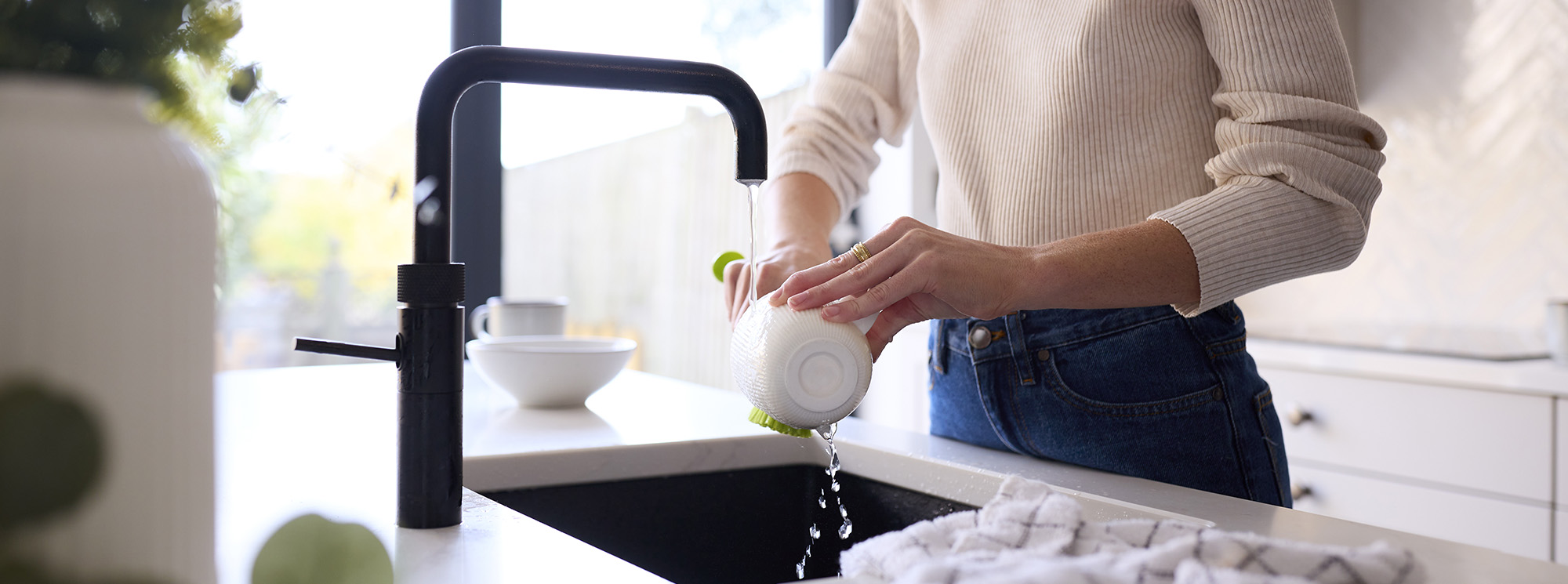Low water pressure can frustrate our daily routines. Weak showers and slow-filling sinks can hamper household chores and make things uncomfortable. In this blog, we explore the most common reasons behind low pressure in homes and discuss how to address them.
What is water pressure?
Water pressure is determined by the elevation difference between a city water tank and your home. Typically, water utilities store water in higher tanks, which allows gravity to facilitate water distribution. This creates pressure within your home.
What is normal water pressure?
The usual range for normal pressure in a house is approximately 40 to 60 PSI. Here at Mac, we set and recommend the home be at 60 PSI, so that the homeowner has adequate pressure but not too much pressure. Too much pressure would potentially damage or reduce the lifespan of an appliance.
How do I test my water pressure?
To check the pressure in your house accurately, purchase a pressure gauge from any local hardware store. Attach it to a hose faucet and make sure all other faucets and water-using appliances are turned off to obtain a baseline reading.
What happens if my water pressure is too high?
When H2O pressure is excessively high, it can harm plumbing fixtures, appliances, and pipes.
What happens if my water pressure is too low?
On the other hand, if the pressure is too low, your fixtures and appliances may not function correctly (dishwashers and clothes washers might struggle to clean effectively, faucets will take an extended period to fill containers, etc).
Is the change in pressure affecting just one faucet or my entire home?
If only one faucet experiences a rapid drop in pressure, the issue is likely with that particular faucet. In the case of a swift decline in pressure affecting only one area of the house, it could mean a corroded pipe problem. If an abrupt water pressure drop affects the entire house, it could signify a water main break (for municipal water supply) or a well pump malfunction (for well water systems).
COMMON CAUSES OF CHANGES IN WATER PRESSURE:
Partially Closed Water Valves
One of the most straightforward explanations for low H2O pressure is partially closed water valves. Over time, water valves can become accidentally or partially closed, restricting the water flow. Check the main water valve, individual fixture valves, and shutoff valves leading to appliances to ensure they are fully open.
Clogged or Corroded Pipes
The build-up of sediment, mineral deposits, rust, or debris inside pipes can cause blockages, reducing water flow. Old galvanized steel pipes are especially susceptible to corrosion and clogging. To tackle this issue, professional pipe cleaning or replacement may be necessary.
Leaks in the Plumbing System
Undetected leaks can significantly impact H2O pressure. Leaky pipes or fixtures can result in water loss before it reaches its intended destination. Regularly inspect your plumbing system for any visible leaks.
Water Pressure Regulator Malfunction
A faulty water pressure regulator can disrupt the balance of water flow into your home, causing low-pressure issues. A pressure gauge test can help determine if the regulator works correctly. If it’s not functioning, seek professional assistance to repair or replace it.
Municipal Water Supply Problems
At times, the low pressure may not be a problem within your home, but rather an issue with the municipal water supply. Contact your local water authority to inquire about any ongoing maintenance, repairs, or temporary disruptions that might be affecting water pressure.
Clogged Aerators and Shower heads
Mineral deposits and debris can accumulate in aerators and shower heads and obstruct water flow. Regularly clean these fixtures to ensure a steady stream of water.
Low pressure in a home can be a nuisance, but by familiarizing yourself with the common causes, you can proactively address the issue. Remember to regularly check water valves, inspect for leaks, and clean fixtures or sign up as a member of Mac’s Duck Club and we can come out and perform an annual plumbing inspection!
Be prepared with a check-up from Mac, and if you find yourself with plumbing or HVAC problems, be sure to contact Mac Plumbing, Heating & Air here or call us at (931) 552-5555.

